CARIBIC
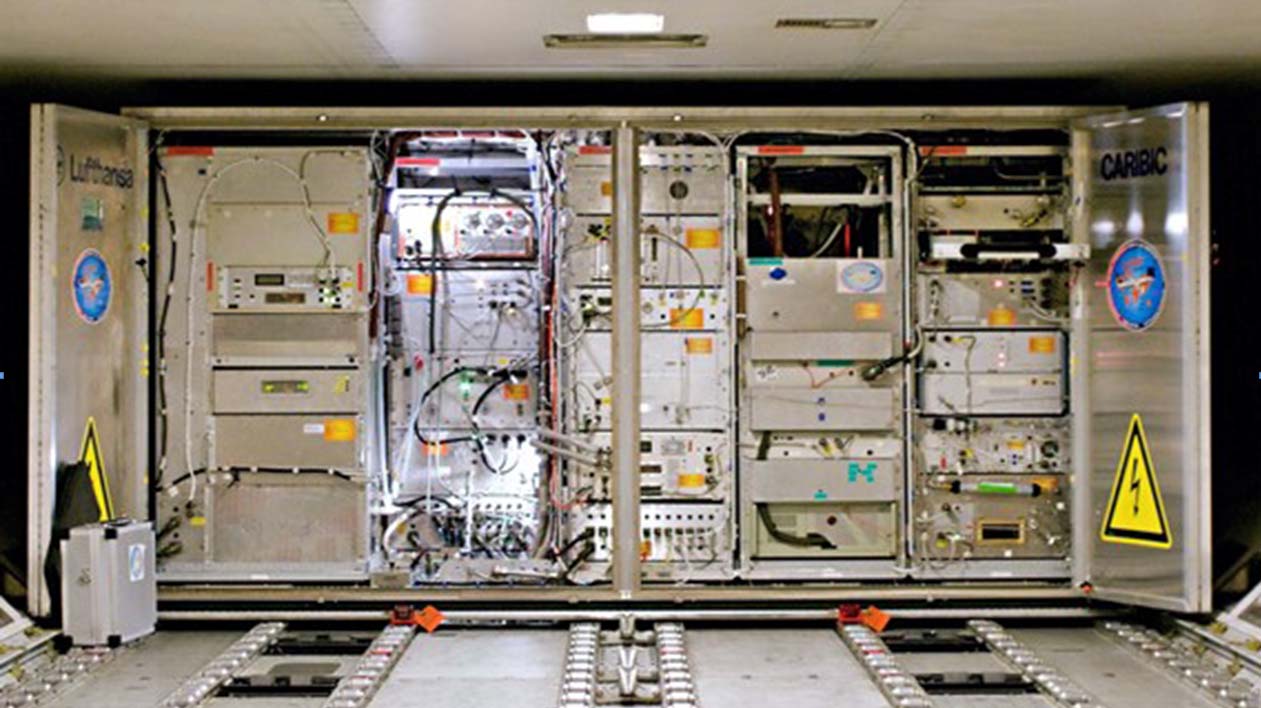
Overview
An International team of researchers at UCC is building a high-tech instrument for the CARIBIC project to collect airborne measurements of greenhouse gases, trace species and aerosol in the upper troposphere, at typical altitudes of 10 to 12 km
CARIBIC (Civil Aircraft for the Regular Investigation of the Atmosphere Based on an Instrument Container) is a large scale European programme with the aim of studying global climate change. CARIBIC is a flying laboratory with ~20 instruments on board a commercial Lufthansa aircraft. The project has been ongoing since 1997 and has completed more than 500 flights across the globe.
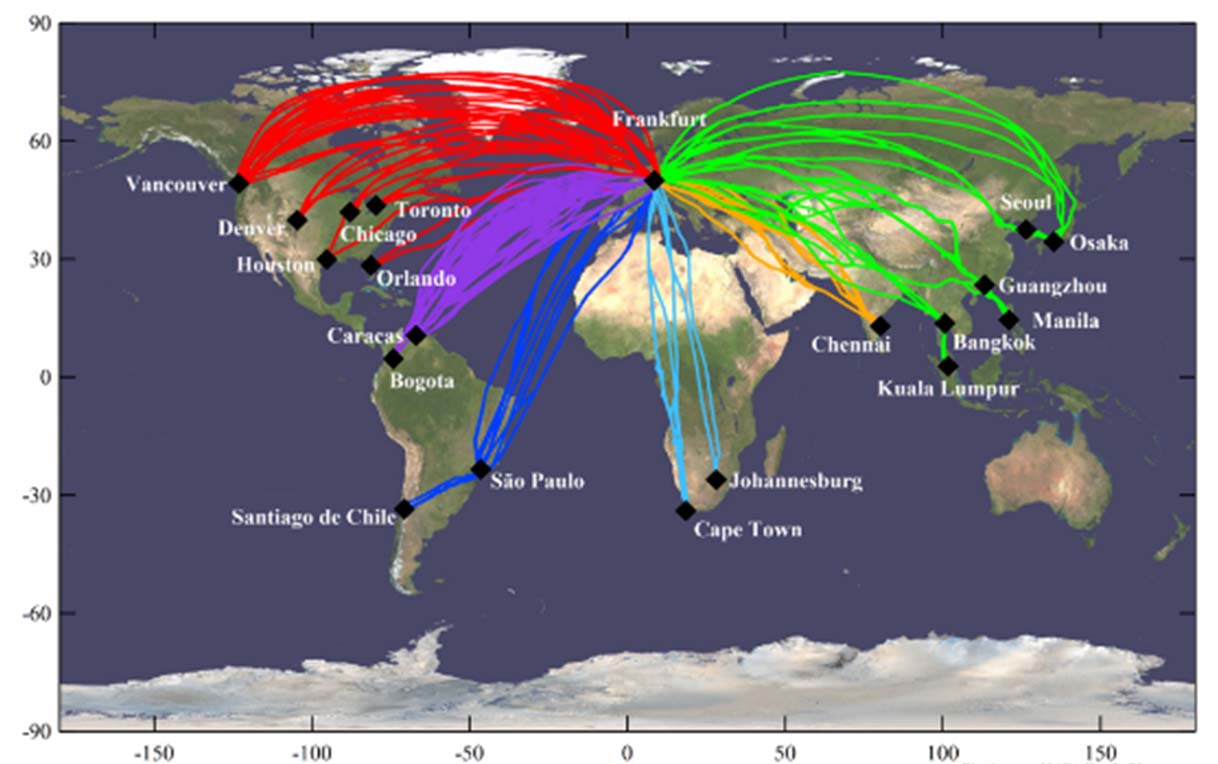
Our Research
There are currently researchers from 3 world-class Institutes working on the new instrument: UCC (Ireland), NOAA (USA), KIT (Germany).
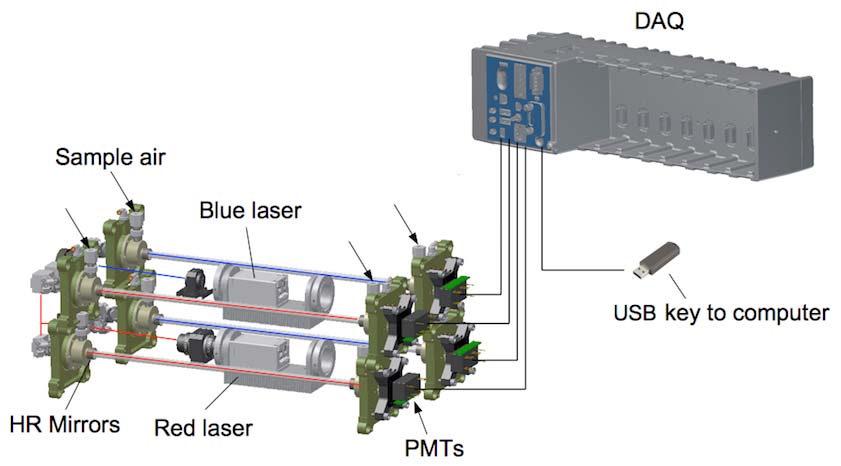
The instrument consists of 4 optical cavities using High Reflective (HR) mirrors, in which the sample air from outside the plane is injected in. Two diode lasers send a beam of light through these cavities and are used to measure the concentrations of different essential gas species. The light coming out of the cavities is measured by 4 photomultiplier tubes (PMTs), and the signal is sent to the Data Acquisition system (DAQ) before reaching the computer. The device is a Cavity-Enhanced instrument based on Ring-Down Spectroscopy.
The full instrument is expected to deliver data from 2024.

The host aircraft is an Airbus A350-900 which can accommodate up to 350 passengers. CARIBIC travels in the cargo hold of the plane once or twice per month.
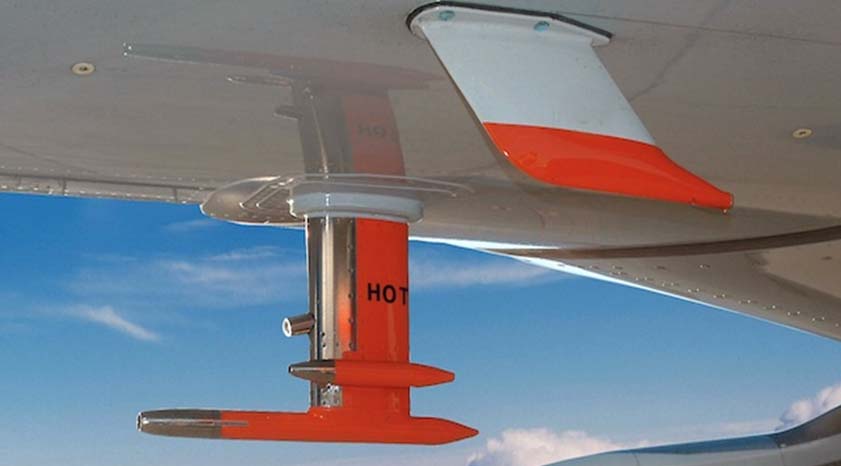
A dedicated inlet system allows the air from outside of the plane to enter the inside of the container.

CARIBIC's assembly hall at the KIT Institute. CARIBIC instrument highlighted with yellow arrow
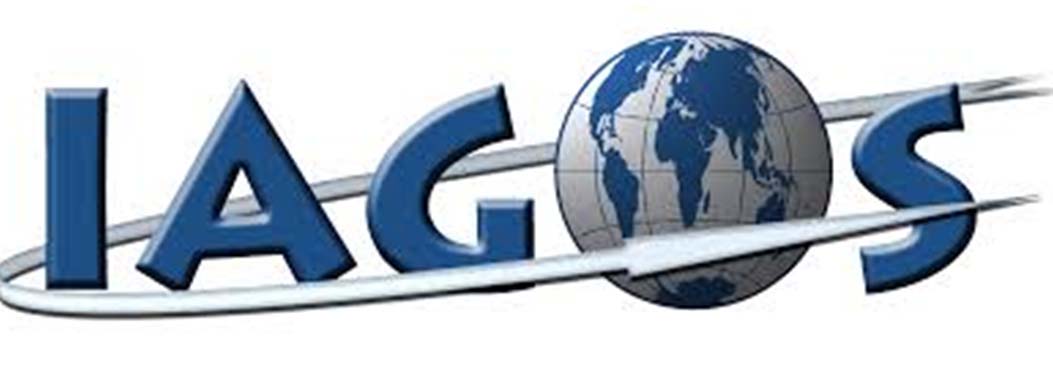
Design of the instrument (Sept. 2015). Top: optical cage, aerosol filters, and temperature controllers. Middle: Data Acquisition system. Bottom: Pump, gas system, and electrical box.
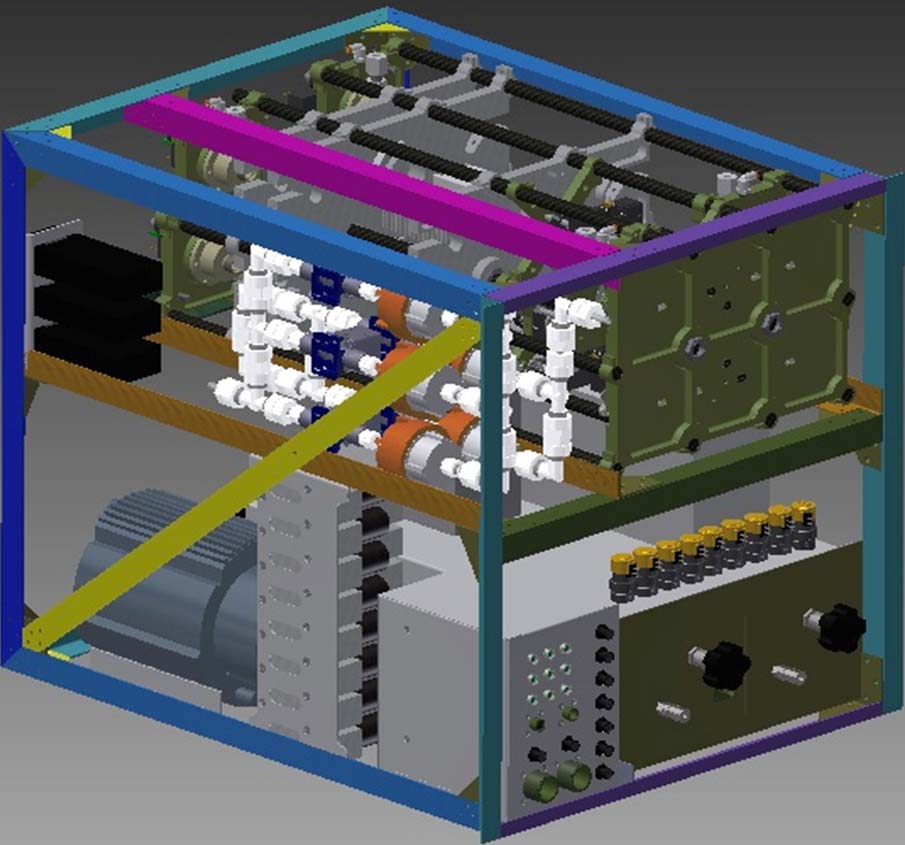
Status of the instrument (February 2024). The instrument is presently undergoing construction at UCC.

Further reading
[1] C. Brenninkmeijer et al., Civil Aircraft for the regular investigation of the atmosphere based on an instrumented container: The new CARIBIC system, Atmos. Chem. Phys. 7 (2007) 4953-4976.
[2] S. Brown, J. Stutz, Nighttime radical observations and chemistry, Chem. Soc. Rev., 2012, 41, 6405-6447
[3] W. Dubé et al., Aircraft instrument for simultaneous, in situ measurement of NO3 and N2O5 via pulsed cavity ring-down spectroscopy, Rev. Sci. Instrum., 77, 034101, 2006
[4] H. Fuchs et al., Determination of Inlet Transmission and Conversion Efficiencies for in Situ Measurements of the Nocturnal Nitrogen Oxides, NO3, N2O5 and NO2, via Pulsed Cavity Ring-Down Spectroscopy, Anal. Chem., 80, 6010-6017, 2008
[5] N. Wagner et al., Diode laser-based cavity ring-down instrument for NO3, N2O5, NO, NO2 and O3 from aircraft, Atmos. Meas. Tech., 4, 1227-1240, 2011
[6] M. Wheeler et al., Cavity ring-down spectroscopy, J. Chem. Soc., Faraday Trans., 1998, 94(3), 337-351
Caribic Conference Presentation
[1] M. Goulette, S.S. Brown, H. Dinesan, W.P. Dubé, B.P. Keary*, J. Orphal, A.A. Ruth, A. Zahn,
"A New Cavity Ring-down Instrument for Airborne Monitoring of N2O5 , NO3 , NO2 and O3 in the Upper Troposphere Lower Stratosphere"
12th International User Meeting and Summer School on Cavity Enhanced Spectroscopy (Cavity Enhanced Spectroscopy 2017) , 12-15 June 2017, Egmond aan Zee, The Netherlands. (poster)
[2] A.A. Ruth, S.S. Brown, H. Dinesan, W.P.Dubé, M. Goulette, J. Orphal, A. Zahn,
"A New Cavity Ring-down Instrument for Airborne Monitoring of N2O5 , NO3 , NO2 and O3 in the Upper Troposphere Lower Stratosphere"
IAGOS-CARIBIC Workshop, Karlsruhe Institute of Technology, 4-6 (4/2017). (poster)
[3] A.A. Ruth, S.S. Brown, H. Dinesan, W.P.Dubé, M. Goulette, J. Orphal, A. Zahn,
"A New Cavity Ring-down Instrument for Airborne Monitoring of N2O5 , NO3 , NO2 and O3 in the Upper Troposphere Lower Stratosphere"
IAGOS Symposium, Manchester, UK, 17-19 October 2016. (poster)
[4] M. Goulette, S.S. Brown, H.Dinesan, W.P. Dubé, G. Hubler, J. Orphal, A.A. Ruth, A. Zahn,
"A New Cavity Ring-down Instrument for Airborne Monitoring of N2O5 , NO3 , NO2 and O3 in the Upper Troposphere Lower Stratosphere"
FLAIR 2016, 12-16 Sept, Aix-les-Bains, France. Airborne & Space. Link (oral presentation)
[6] M. Goulette, S.S. Brown, H.Dinesan, W.P. Dubé, G. Hubler, J. Orphal, A.A. Ruth, A. Zahn,
"A New Cavity Ring-down Instrument for Airborne Monitoring of N2O5 , NO3 , NO2 and O3 in the Upper Troposphere Lower Stratosphere"
(# LTh1G.2), Laser Applications to Chemical, Security and Environmental Analysis (OSA), 25-28 July, 2016, Heidelberg, Germany, (oral presentation and preceedings) ISBN: 978-1-943580-15-6, OSA publisher Link
[6] A.A. Ruth, S.S. Brown, H. Dinesan, W.P.Dubé, M. Goulette, J. Orphal, A. Zahn,
"A New Cavity Ring-down Instrument for Airborne Monitoring of N2O5 , NO3 , NO2 and O3 in the Upper Troposphere Lower Stratosphere"
Geophysical Research, Abstracts, Vol. 18 (2016) 9974, EGU General Assembly, 17-22 April, 2016, Vienna, Austria. (poster & abstract published)
